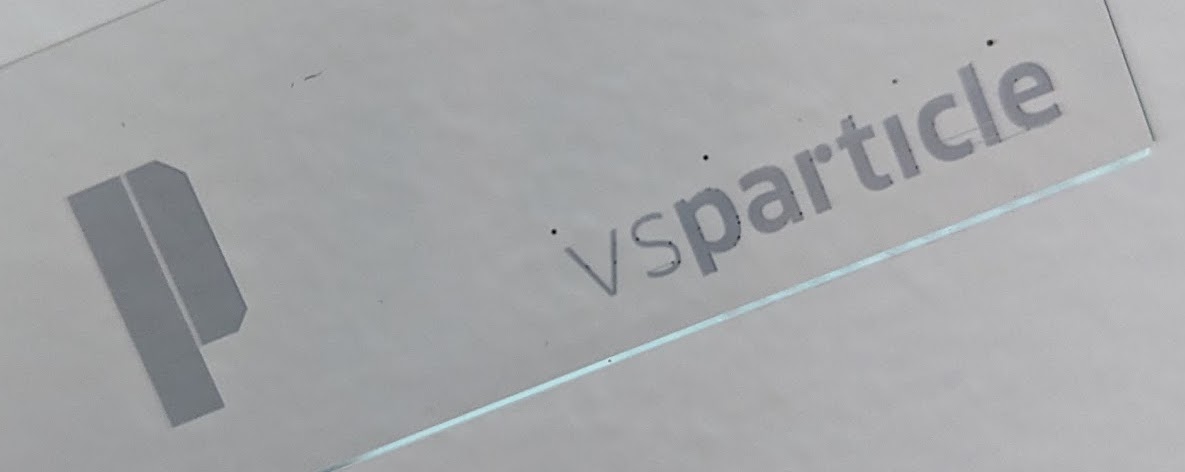“There are only two industries. This has always been true,” said Madame Ping, enfolding a lovely porcelain teacup in her withered fingers, the two-inch fingernails interleaving neatly like the pinions of a raptor folding its wings after a long hard day of cruising the thermals. “There is the industry of things, and the industry of entertainment. The industry of things comes first. It keeps us alive. But making things is easy now that we have the Feed. This is not a very interesting business anymore. “After people have the things they need to live, everything else is entertainment. Everything. This is Madame Ping’s business.”
― Neal Stephenson, The Diamond Age
Creating a matter printer (aka “The Feed”) is the science fiction dream that will fundamentally change economies of producing physical things.
Imagine solving a challenge for renewable energy generation by simply instructing a computer as to what properties are required. Once you’ve ‘ordered’ the right ingredients - ask for it to, say, coat an electrode with the cheapest and most stable possible material that has certain electrical properties at 83 degrees Celsius – all you then need to do is wait for the printer to ‘print’ the answer in minutes.
And by “printing the answer” I mean the actual physical material, not some descriptive text about it. Like this example of precision application of 7nm gold particles on glass plate:

Imagine knowing that you simply need material that starts conducting electricity only when it “touches” a certain other molecule at room temperature, and then printing out a working gas sensor just based on these end product properties, without having a strong hypothesis ahead what the solution should consist of.
Imagine reducing consumption of expensive rare earth metals in industrial processes by orders of magnitude through precise nanoparticle dosing. How about 10X less iridium in your hydrogen catalyst membrane, without reducing any performance?
Imagine an ever-growing catalogue of possible physical materials, carefully tagged with structured data on their properties – accessible as simply as we use Pantone codes today for matching colors.
This approach is similar to something that we have been able to do in synthetic biology - driven by software - for a while, for example reprogramming cells in automated foundries (Ginkgo Bioworks). Surprisingly, it’s taken inorganic chemistry longer to catch up. Past attempts to fuse source components have been riddled with technical problems which VSParticle now have solved.
OK-OK, I admit to being a bit of a physics geek. (Probably because that’s what my late dad and granddad used to do when I grew up.) But I definitely do not claim to ever know even a fraction of what VSParticle founders Aaike, two Tobias’ and especially Professor Schmidt-Ott, the original pioneer of the process called spark ablation know about inorganic chemistry.
Coming together in this collaboration is exactly what we created Plural for. This stellar team of Delft University scientists have the knowledge and ambition it takes to speed up material development cycles by 100X, but they have never really scaled a company 100X before. This is where I and my fellow Unemployables come in. We are committing capital and a lot of personal scar tissue from building our own startups to help scale this company into a future European frontier technology powerhouse.
Why European? The Australian Strategic Policy Institute (ASPI) notes in their fascinating Critical Technology Tracker tool, nanoscale materials and materials research in the world continues to be dominated by China. And even broader, China’s global lead extends to 37 out of 44 technologies that ASPI is now tracking, covering a range of crucial technology fields spanning defense, space, robotics, energy, the environment, biotechnology, artificial intelligence (AI), advanced materials and key quantum technology areas.
We don’t think that China can or should control this vital aspect of frontier technology. The process of material research and nanoscale materials is too critical to be left to a single government to control.
Europe has a unique combination of deep scientific foundations, deep humanist values, and increasingly optimistic entrepreneurial spirit with which it can create our own futures. As a proof point, it was the Netherlands (with its ~80X smaller population than China) that already gave us ASML, the most valuable tech company in Europe - a great domestic benchmark for VSParticle to live up to when conquering the world.
Read more coverage from Sifted to The Next Web.